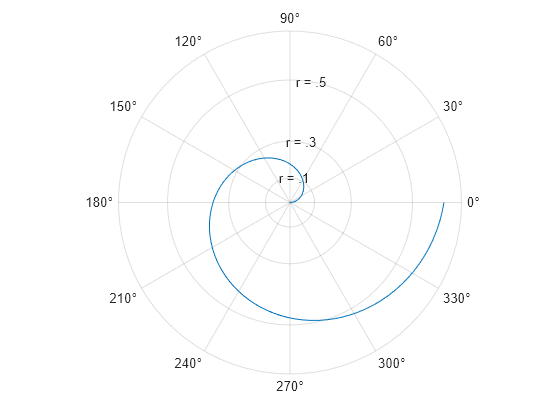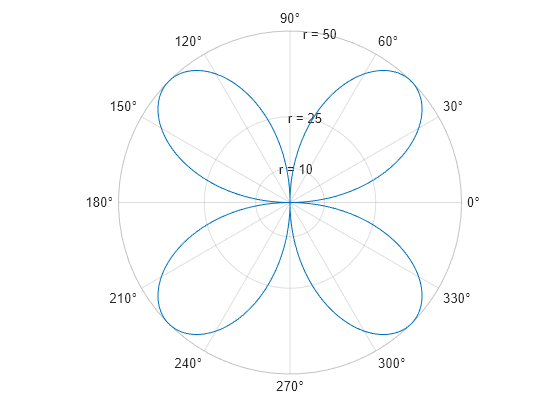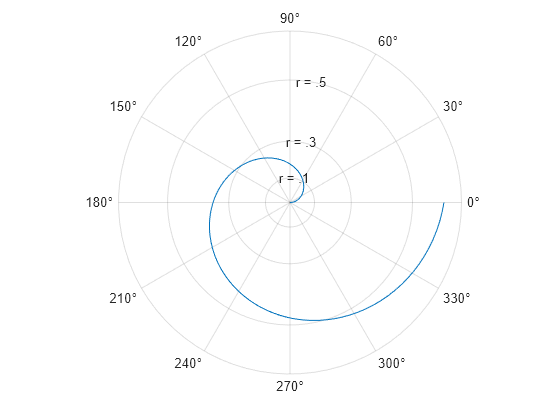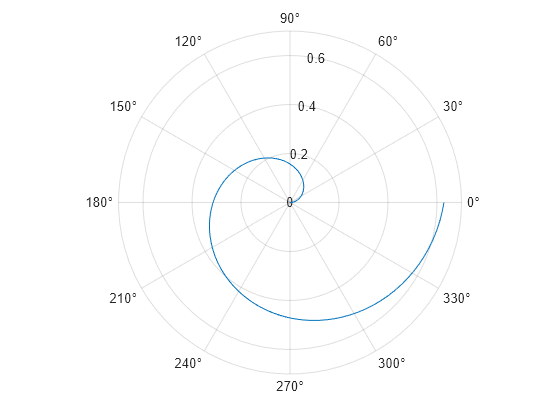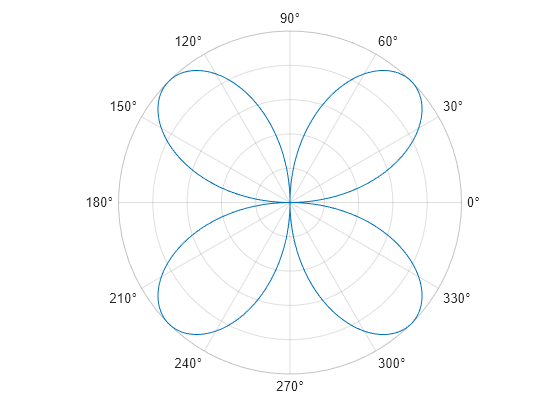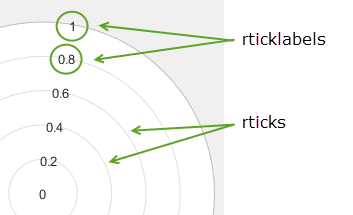rticklabels
设置或查询 r 轴刻度标签
语法
说明
rticklabels( 设置当前坐标区的 r 轴刻度标签。可将 labels)labels 指定为字符串数组或字符向量元胞数组,例如 {'January','February','March'}。如果您指定标签,则 r 轴刻度值和刻度标签不会再根据对坐标区所做的更改而自动更新。
rl = rticklabels
rticklabels('auto') 设置自动模式,从而允许坐标区确定 r 轴刻度标签。如果您设置了标签,然后又想将它们设置回默认值,则可以使用此选项。
rticklabels('manual') 设置手动模式,从而将 r 轴刻度标签冻结在当前值。
m = rticklabels('mode')'auto' 或 'manual'。默认情况下,该模式为自动,除非您指定刻度标签或将模式设置为手动。
示例
输入参数
输出参量
详细信息
算法
rticklabels 函数可设置和查询与 r 轴刻度标签相关的多个极坐标区属性。
RTickLabel- 存储 r 轴刻度标签文本的属性。RTickLabelMode- 存储 r 轴刻度标签模式的属性。当您使用rticklabels设置 r 轴刻度标签时,此属性将更改为'manual'。RTickMode- 存储 r 轴刻度值模式的属性。当您使用rticklabels设置 r 轴刻度标签时,此属性将更改为'manual'。
版本历史记录
在 R2016b 中推出
